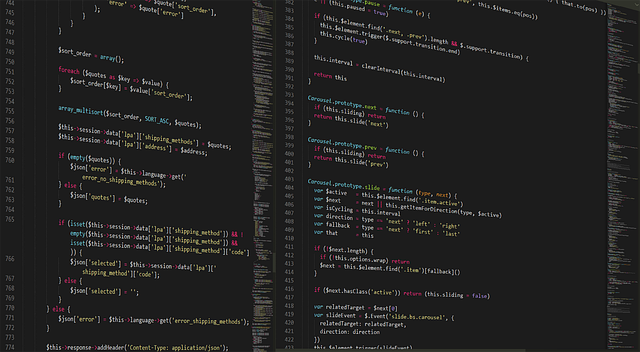Understanding the Intricacies of Display Technology
In a world where visual experiences are paramount, unlocking the code of high-resolution display technology has become essential. Every pixel counts, shaping how we engage with content on our TVs, monitors, and other visualization devices. Whether you’re a gamer, a movie enthusiast, or a professional graphic designer, understanding display technology can transform your viewing experience.
The Evolution of TV Displays
Television technology has come a long way since the days of cathode ray tubes (CRT). With the introduction of LCD, LED, and OLED displays, we have witnessed an incredible leap in resolution and color accuracy. Today’s high-definition TVs boast resolutions like 4K and even 8K, making every frame a masterpiece. But what exactly makes these displays able to deliver such stunning visuals?
High-resolution TVs utilize a higher number of pixels packed into a given screen size, ensuring that images are crisp and detailed. This level of detail can enhance our emotional connection with the content, allowing us to see textures and subtleties that we might have overlooked before.
The Technical Side of Monitors
For professionals who rely on monitors for work, such as designers or editors, the code behind display technology becomes even more critical. Monitors with high resolution and color accuracy can make the difference in delivering top-notch work. Technologies like IPS (In-Plane Switching) and VA (Vertical Alignment) have been designed to enhance color reproduction and viewing angles, ensuring that what you see on the screen is true to life.
It’s also essential to understand specifications like refresh rates and response times, as these elements impact how seamlessly images move across the screen. For instance, a higher refresh rate is crucial for gamers, as it allows for smoother graphics during intense gameplay.
Visualizing the Future
With advances in technology, the possibilities for high-resolution displays are limitless. Emerging technologies such as microLED and quantum dot displays promise to push the boundaries even further. These innovations not only enhance picture quality but also provide more flexibility in display design, opening doors to new applications and use cases.
The shift toward 8K resolution, although still in its infancy, is another facet of this evolving landscape. While it may seem like overkill for the average viewer, the detail it offers can lead to immersive experiences, particularly in large-screen formats. The code behind this technology encapsulates the quest for perfection in visualization, where reality and digital experiences merge seamlessly.
Decoding Your Display Needs
When considering a new display, it’s essential to decode your specific needs. Are you using your TV for gaming, streaming, or as part of a home theater system? Similarly, for monitors, think about your primary use—whether it’s for professional work, casual browsing, or gaming. Matching the right resolution and display technology to your needs can significantly enhance your visual experience.
When you understand the complexities of display technology, you can make informed decisions that ensure you get the best experience out of your viewing devices. So, as you navigate this ever-evolving landscape, remember that cracking the code of high-resolution displays is not just about pixels; it’s about creating connections with the visuals that surround us.




